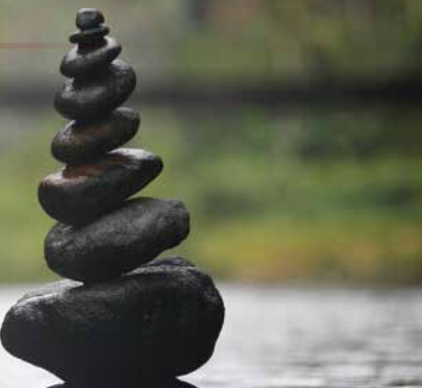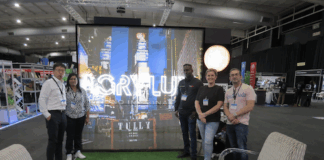According to SignCraft Magazine, knowing your options helps you get the most value from the materials. When it comes to substrates for signs, you have plenty of possibilities. A quick count on the website of a major sign supplier yields over 90 different signage substrate materials, and that’s not counting the thickness and colour options. This article appears in Sign Africa Journal.
Most of the substrates that sign makers use every day are not materials that are used every day in most other industries, such as construction. Many are specialised materials that found a home in the sign industry because of the unique characteristics they offer. You won’t find most of them at a big box home improvement store.
Every sign maker has their favourites — substrates that have proven themselves and work well with the shop’s production methods. At the same time, it’s important to step out of the comfort zone to take advantage of the benefits of other substrates.
Traditional Standards
Before the arrival of composites, plastics and foamed plastics, medium density overlaid plywood (MDO), aluminium sheets and solid wood panels were the most commonly used sign substrates for exterior use. MDO is strong and easy to cut, especially to custom shapes. Aluminium is smooth, comes pre-finished and is relatively easy to fabricate.
ACM Options
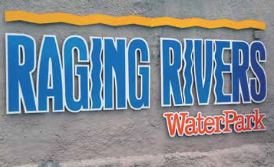
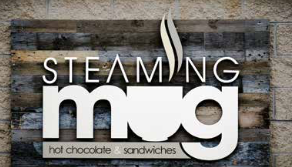
Aluminium composite material (ACM), also called aluminium composite panels (ACP), see a lot of use for signage today. The cost of ACM panels can vary considerably, depending on composition, thickness of the aluminium and the flatness of the sheet. ACM comes in a wide variety of colours and finishes.
ACM has either a solid plastic core or a corrugated plastic core. Solid core panels vary in core composition and thickness of the aluminium used on the two faces. The thickness of the aluminium skins can vary from as little as 1.27mm (.05) to 5mm (.2) or even more. Thicker skins add to the cost.
Corrugated panels are more rigid and weigh less than solid core panels of the same thickness. The aluminium skin is usually thicker than solid core materials. Common panel thicknesses range from 3mm to 10mm. The core of lower cost panels may not be as flat as those on pricier panels. If you are printing on a flatbed printer, this can be an issue. A wavy panel can cause problems.
HDU For Dimension
High density urethane board (HDU) is a favourite for 3D signage. It’s stable, durable, easy to machine, carve and finish. It comes in several thicknesses and densities, which are given as the weight in kilograms per square metre/pounds per square foot. The heavier the weight, the more dense and harder the board. All HDU board brands are not the same. Different manufacturing processes yield products with different characteristics, so you will want to experiment and compare them.
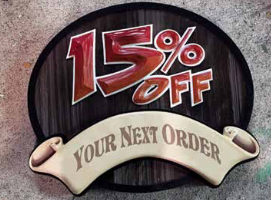
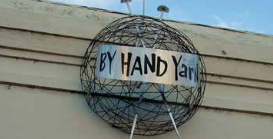
PVC Board
PVC board is a rigid plastic sheet that comes in several thicknesses and colours. It is a popular choice for signage because it is easy to mill and it’s paintable. Some brands are designed for long-term exterior use; others are for interior or shorter exterior applications. Finishes vary, too — some have a gloss finish while others have a matte, slightly textured finish. PVC is prone to expansion and contraction, so that must be accommodated when fastening and installing.
Exterior Fibreboard Panels
Medium density fibreboard (MDF) is a wood fibre composition board. It is used in construction work and also sees use as a sign substrate. It is heavier than many other options, but is practical for CNC router work and other uses. Not all MDF panels are designed for exterior use, so use a product like treated exterior panels for exterior signage.
Not-So-Typical Substrates
Creative sign making, of course, is not just about using conventional materials in conventional ways. Weathered barn board, corrugated tin, pallet wood, vintage timber and rusted steel panels have all found their home as sign substrates. Out- of-the-ordinary substrates can add a lot of appeal to a sign.
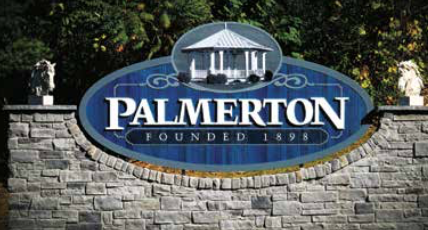

This article was reprinted with permission from SignCraft Magazine https://www.signcraft.com/


